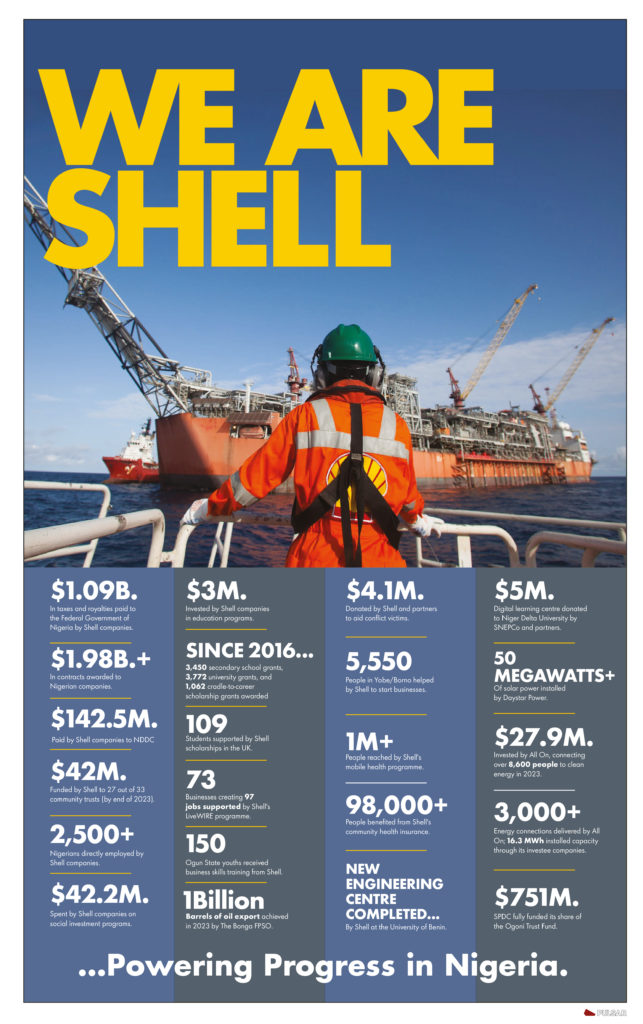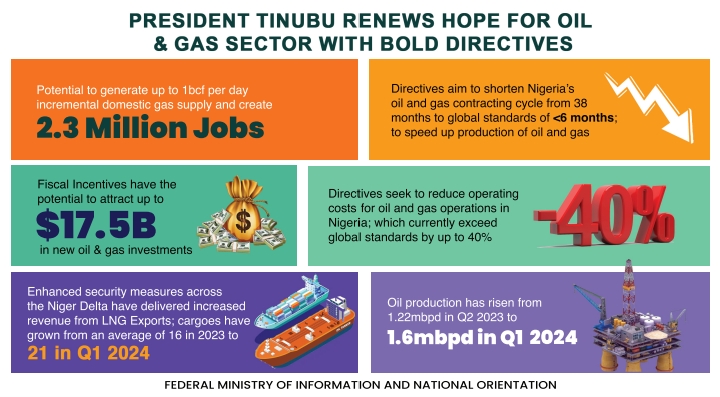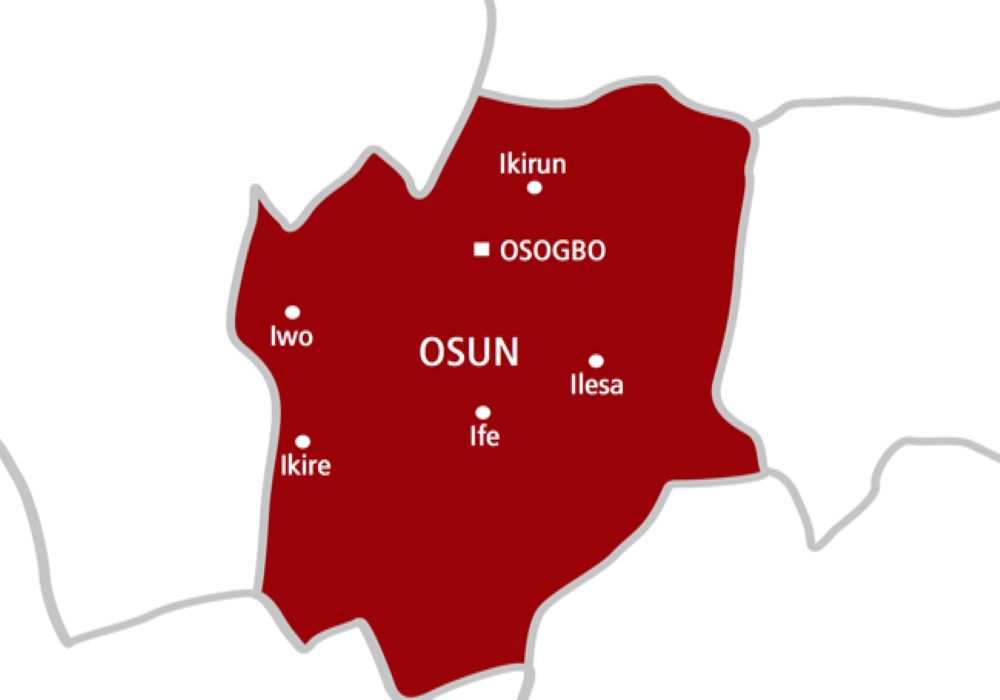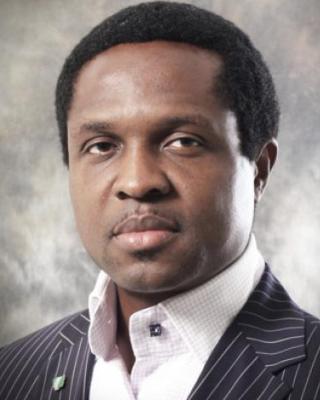Maritime
China Exports To Face Tough 2014 as Yuan Climbs

BEIJING – China’s export growth was disappointing in the final month of 2013due to lackluster demand from developed markets, data released Friday showedBut there could be more problems in store for China’s exporters in 2014 as the yuan currency’s continued appreciation against the U.S. dollar makes the country’s goods more expensive in world markets.
China’s exporters have to contend with rising wages and other costs that have crept up in recent years. The appreciation of the yuan, or renminbi, is another headache, which makes China’s goods more expensive overseas and reduces profits in local-currency terms.
“Rising wages and the yuan are a tremendous problem for us,” said Uwe Hutzler, the general manager of a Chinese company that supplies leather to clothing manufacturers. “We have to pay our expenses and salaries in renminbi but our invoices are in dollars.”
China still remains an export powerhouse for manufacturing goods like electronics. The nation’s share of world trade remains above 10% despite cost pressures. Foreign companies say they need to invest in China because of its large scale of production and integrated supply networks.
Data released Friday showed China’s total trade exceeded $4 trillion in 2013, overtaking the U.S. as the world’s largest trading country.
 But there are signs of potential problems ahead for the nation’s export sector. Weak demand from the U.S. and Europe is a concern.Exports in December grew 4.3% compared with a year earlier, the latest data showed, down from 12.7% year-over year growth in November. That is partly explained by distortions in the data, with an unusually strong month in December 2012 providing an unflattering comparison.
But there are signs of potential problems ahead for the nation’s export sector. Weak demand from the U.S. and Europe is a concern.Exports in December grew 4.3% compared with a year earlier, the latest data showed, down from 12.7% year-over year growth in November. That is partly explained by distortions in the data, with an unusually strong month in December 2012 providing an unflattering comparison.
ANZ Bank pointed out export growth in 2013 as a whole was 7.6%, the second straight year exports have undershot an 8% target. The bank put this down to “diminishing trade competitiveness” as the yuan appreciates.
In real terms — taking account of inflation — the currency appreciated 18.5% against the dollar between June 2010 and November 2013, according to calculations by Karim Foda, a researcher at Brookings Institution. Against some Asian currencies — notably the Indonesian rupiah and the Indian rupee, which fell sharply last year — the declines have been even larger.
More than 500 Chinese companies surveyed by Global Sources, a China-based firm that runs an online marketplace for exporters, cited the strength of the yuan as the most pressing challenge of 2014. A year earlier the currency issue was only number four on the list, eclipsed by rising costs, price competition and slow orders from Europe and the U.S.To deal with rising costs, many manufacturers based in coastal southern China are moving production to cheaper inland facilities or to cheaper countries like Cambodia, Bangladesh and Vietnam. Since the beginning of the 2008 financial crisis, shoemakers in Guangdong region have moved about one third of their production to the interior of China and another third to Southeast Asia, said Li Peng, secretary general of Asian Footwear Industry Association.
“A lot of shoemakers near the coastal areas barely make any profits,” he said. “They are struggling to survive.”
Chetan Ahya, an economist with Morgan Stanley in Hong Kong, says it’s too early for manufacturers to have shifted orders from China based on currency movements, but this could become a bigger factor in 2014.
Chinese officials point out that a stronger yuan also means cheaper imports. China’s government is attempting to move the country away from reliance on state-led industry and exports toward larger domestic consumption. Cheaper imports of foreign goods will help achieve this goal.
“Yuan appreciation will surely lift exports prices and undermine our exports competitiveness,” said Zheng Yuesheng, a spokesman for the Customs Administration. “But… yuan appreciation also helps lower our imports costs.”Policy makers, though, are keen the shift away from exports and heavy industry doesn’t lead to economic dislocations and rising unemployment.
There already are worrying signs that China’s role as the world’s factory floor is being undercut. Foreign investment into Chinese manufacturing dropped 5.7% year-over-year in the first 11 months of 2013 to $64.7 billion, the most recent data available, after a 7.1% decline in 2012. In contrast, Vietnam’s FDI surged by more than 80% last year as manufacturers rushed to take advantage of lower costs.
The production of the low-end household goods that were long the mainstay of China’s economic growth has stagnated. In the first eleven months of 2013, China sent 15% fewer electronic calculators abroad than in the same period a year earlier, 12% fewer umbrellas, and 21% fewer cigarette lighters.
Mr. Zheng, the customs spokesman, acknowledged that the currency issue is a serious one for companies, citing a government survey which found that yuan appreciation significantly impacted costs for 60% of exporters.
“To deal with the issue, I can only recommend that exporters actively upgrade their products and produce more value-added exports,” he said.
– WALLSTREET JOURNAL
Maritime
Maritime Stakeholders Back Bill For Nigeria Coast Guard At Public Hearing
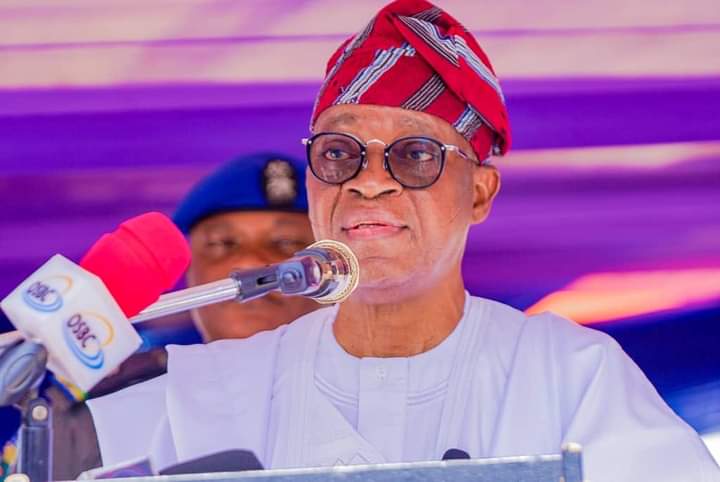
Stakeholders and experts in Nigeria’s maritime sector have expressed support for the Coast Guard Bill before the National Assembly, with many describing the proposed legislation as a boost to the federal government’s efforts in securing the maritime space.
At a public hearing convened by the Senate Committee on Marine Transport to discuss the bill for the establishment of the Nigeria Coast Guard (NCG), stakeholders presented varying views, with the majority supporting the creation of the NCG.
The majority of presentations voiced strong support for the establishment of the Coast Guard, with notable endorsements from prominent figures including Dr. Olisa Agbakoba, SAN; Dr. Ade Dosunmu, MON, former Director General of NIMASA; Mrs. Jean Anishere, SAN, representing the Nigeria Bar Association; and Rear Admiral Ekwerre U. Ekwerre (Rtd), former Flag Officer Commanding the Training Command of the Nigerian Navy.
ALSO READ: Like America, Like Ghana: Opposition Defeats Ruling Party In Presidential Election
Dr. Olisa Agbakoba described the bill as timely but emphasized the need for professional input to address certain concerns within the draft. He expressed his willingness to assist in this process. Dr. Ade Dosunmu offered full support for the bill, suggesting that the Nigerian Navy should focus on blue-water operations and national defense against external threats, while the Coast Guard should address maritime crimes and incidents along Nigeria’s extensive 855-kilometer coastline using more adaptable resources. He referenced successful maritime nations such as India, Singapore, China, the United States, Japan, Egypt, Morocco, and the United Arab Emirates, all of which have well-defined roles for both the Navy and Coast Guard.
However, Dr. Dosunmu cautioned against assigning functions such as hydrography and oceanographic research to the Coast Guard, as these responsibilities are already managed by other agencies, and incorporating them could divert focus from the Coast Guard’s primary mission.
Jean Anishere, SAN, articulated her support for the bill while highlighting certain ambiguities that must be resolved before it can be enacted. She pointed out specific provisions in the bill that require clarification and further refinement.
Retired Rear Admiral Ekwerre U. Ekwerre addressed concerns raised by the Nigerian Navy and advocated that the Navy should concentrate on defense, showcasing military strength, and conducting diplomatic operations within territorial waters and the Exclusive Economic Zone (EEZ). He asserted that the Coast Guard should be responsible for enforcing maritime laws in the nation’s inland waters.
In summary, while the majority of stakeholders endorsed the establishment of the Nigeria Coast Guard, they also called for careful consideration of the bill’s provisions to ensure clarity and effectiveness in its implementation.
Maritime
How Innovative Financing Would Aid Africa’s Maritime Sector – NIMASA DG
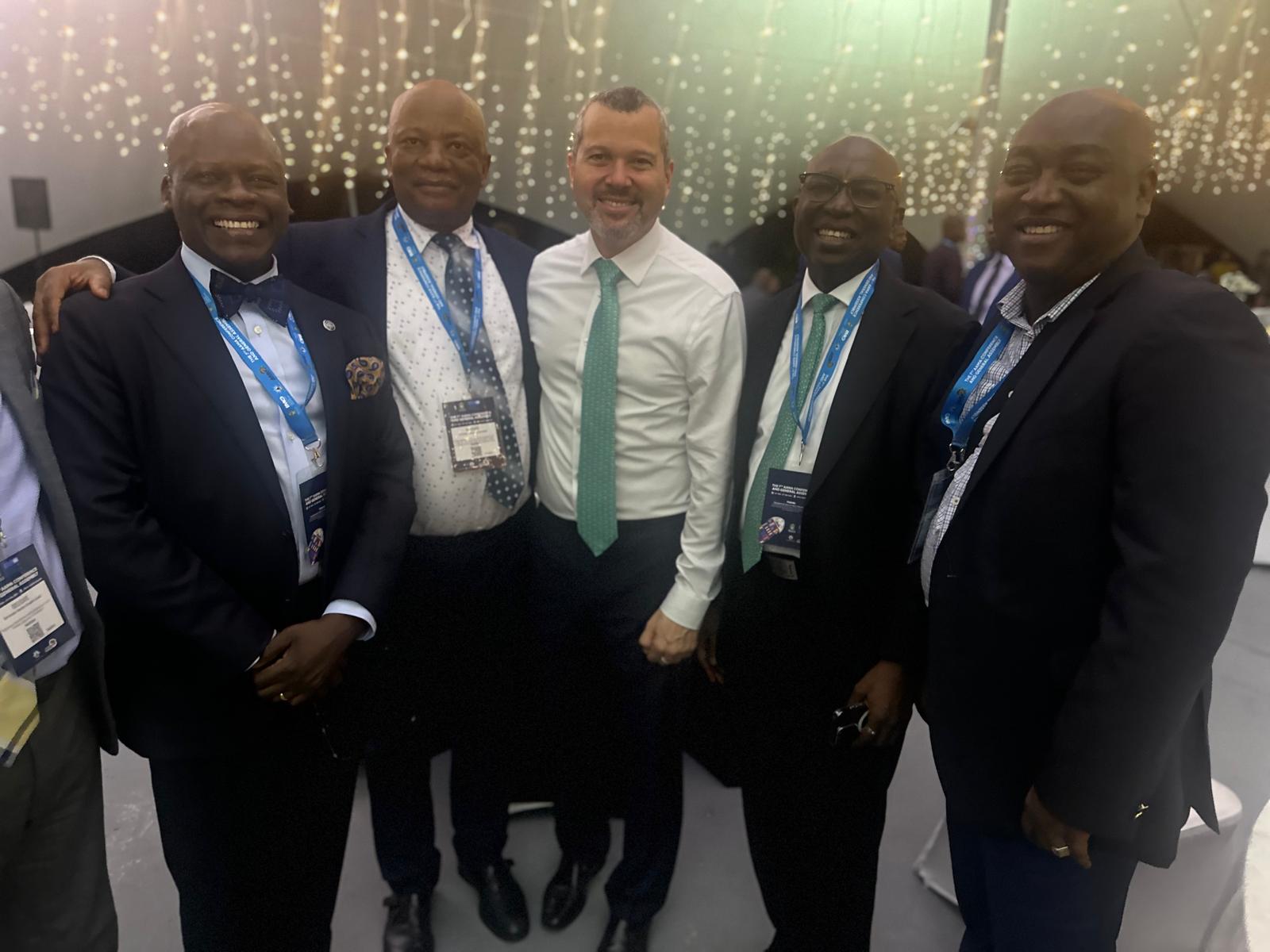
Innovative financing models have been identified as the vital catalyst for achieving sustainable development in the African Maritime industry.
The Director General of the Nigerian Maritime Administration and Safety Agency (NIMASA), Dr. Dayo Mobereola, made the declaration at the 7th Association of African Maritime Administrations (AAMA) conference in Dar es Salaam, Tanzania.
He assured attendees of Nigeria’s commitment to advancing a future where Africa’s maritime sector thrives sustainably.
In his words, “Nigeria is committed to collaborating on technology and innovation to enhance safety, security, decarbonization, and the marine environment for a sustainable future.”
According to him, the conference presents a pivotal opportunity to address our shared challenges, particularly those related to sustainable energy, regional security, and economic growth.
ALSO READ: Tinubu, Ramphosa Co-Chair Bi-National Commission’s 11th Session
“We are here to advocate for innovative financing models and international support that will facilitate sustainable growth. As Nigeria pursues infrastructure development and digital transformation within our maritime sector, we call on our regional and international partners to support these efforts through technical and financial backing.
“Our priorities at the AAMA conference include exploring collaborative avenues to enhance maritime safety and security. By reinforcing our adherence to frameworks like the Djibouti and Yaoundé Codes of Conduct, we aim to solidify Nigeria’s role in combating piracy and maritime crime across West Africa,” he stated.
The AAMA was established to lay a firm foundation for regular consultations, enabling African maritime administrations to build joint positions on issues of common concern in the maritime sector.
When Nigeria hosted the 3rd AAMA conference in 2017, a master plan was developed outlining the measures necessary to advance the maritime agenda as envisioned in the African Maritime Transport Charter. The Association has also created a platform to strengthen cooperation at the regional, continental, and international levels, harmonizing policies and goals essential for the growth of the African maritime sector.
Maritime
Oyetola Counts On Nat’l Marine and Blue Economy Policy To Chart New Course For Dev’t

The Honourable Minister of Marine and Blue Economy, Adegboyega Oyetola is of the view that a National Policy on Marine and Blue Economy is essential for the development of the Nigerian maritime sector.
Biztellers reports that Oyetola shared the view, on Tuesday, while declaring open a stakeholders’ validation session aimed at developing the National Policy on Marine and Blue Economy in Nigeria, in Lagos.
The former Osun State Governor emphasized that the National Policy will create a sustainable pathway for economic growth in fisheries, aquaculture, renewable energy, tourism, and seabed mining, while also ensuring environmental sustainability.
He further noted the need for a robust National Policy to address challenges in the sector, including environmental degradation and illegal activities such as Illegal, Unreported, and Unregulated (IUU) fishing.
ALSO READ: Obi Congratulates NNPC Ltd On Port Harcourt Refinery
In his words, “A robust National Policy will ensure that we address these issues through a comprehensive framework that aligns with international best practices while safeguarding our marine resources for future generations.
“It is worth noting that Nigeria has achieved notable progress in maritime governance, including the ratification and domestication of international protocols and conventions. These measures have strengthened our safety and security framework, resulting in a remarkable three-year period with zero incidents of piracy in our waters. Nonetheless, the recurring boat mishaps underscore the pressing need for immediate action.
“This policy seeks to implement comprehensive strategies to ensure the safety of all waterways. However, challenges such as the recent spate of boat mishaps demand urgent attention. Consequently, this policy aims to establish comprehensive measures that will enhance safety across our waterways.
“As we develop this policy, the Ministry remains committed to repositioning Nigeria as a dominant player in the marine and blue economy, both regionally and globally. We are also pursuing Nigeria’s candidacy for election to Category C of the International Maritime Organization (IMO), which underscores our determination to strengthen our voice in global maritime governance”.
In his welcome address, the Permanent Secretary of the Ministry, Olufemi Oloruntola, noted that the validation workshop is a key step in shaping the National Policy on Marine and Blue Economy — a framework designed to address Nigeria’s specific needs and aspirations while embracing sustainable development principles. “It provides an opportunity for stakeholders to review, refine, and enrich the draft policy through a participatory and inclusive approach,” he said.
The draft policy, which consists of nine parts, offers an elaborate overview of our country’s marine and blue economic endowments and their current state. It affirms our mandate, vision, and mission, setting the stage for the policy’s objectives and aspirations. It further dissects these aspirations into five broad parts of legal and institutional framework; maritime transport, trade and shipping; fisheries and aquaculture; marine abiotic resources; and marine innovation and technology. It also identifies a range of cross-cutting issues and concludes with an assessment of stakeholders to support the implementation structure. Overall, it is a comprehensive document.
Also present at the event were the Chief Executive Officers of all the agencies under the Ministry, including Dr. Dayo Mobereola, Director General, Nigerian Maritime Administration and Safety Agency; Abubakar Dantsoho, Managing Director, Nigerian Ports Authority; Barrister Akutah Pius, Executive Secretary, Nigerian Shippers Council; and Bola Oyebamiji, Managing Director, National Inland Waterways Authority.
Other attendees included Funmi Folorunsho, President, African Shipowners Association; Engr. Greg Ogbeifun, Managing Director, Starz Marine; and the President, National Association of Stevedoring Companies, among other stakeholders.


